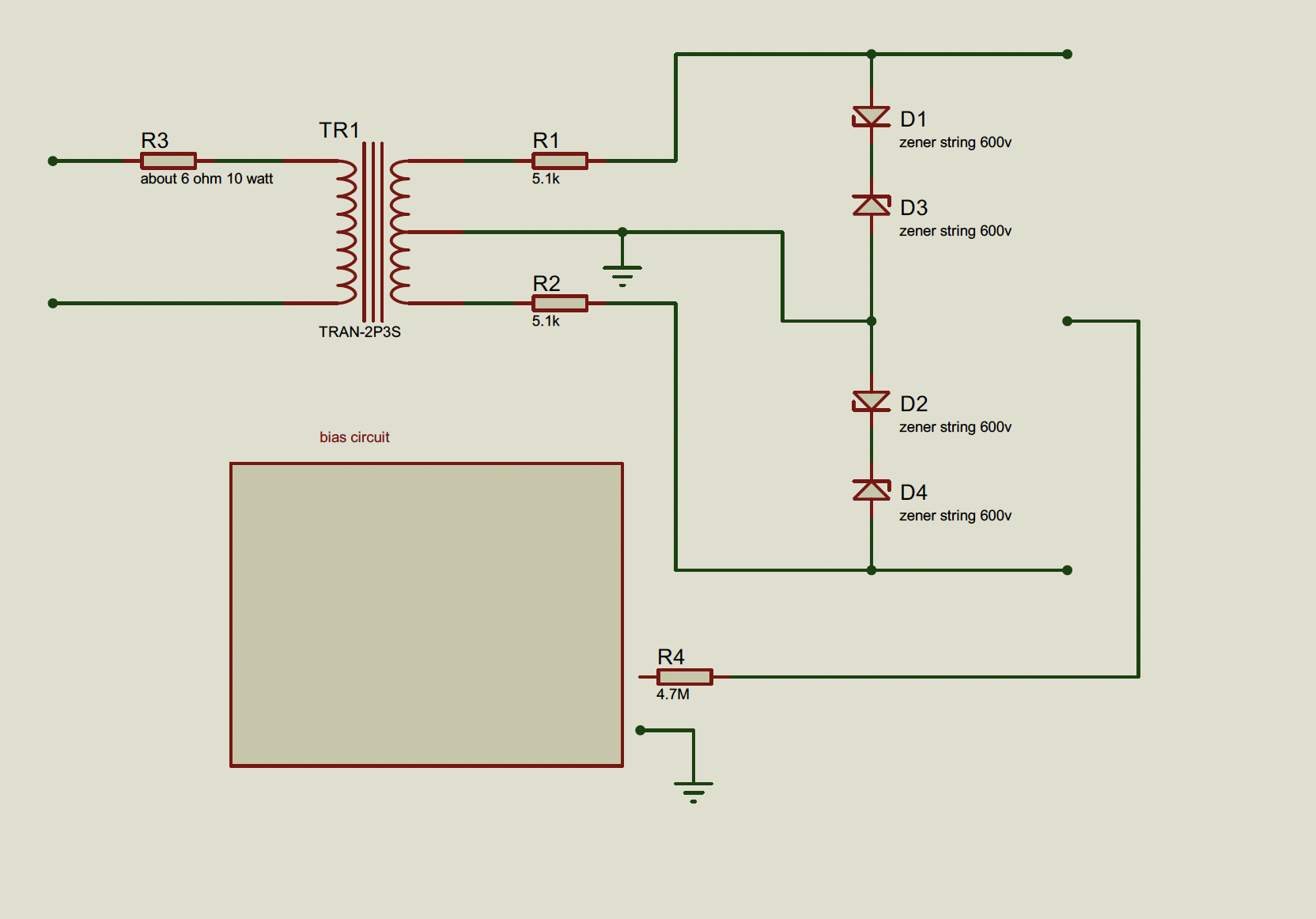C3D Schottkey reverse current in clamping application
I'm wondering if I purchased the wrong product. I was looking for a 699 volt zener to use as clamping protection to prevent over voltage to Electrostatic headphones as in the attached schematic. It seemed to me that a Schottky diode would be even faster in its action. I will be using back to back zeners. The source impedance of the audio transformer is possibly as much as 8 k ohms. I just noticed that the maximum reverse current of the CSD01060A is 500 uA. Uh oh! It's not expected that the over voltage will be of long duration, but is this Schottky diode going to burn up with excessive reverse current?
There's a 5.1 k resistor in series and my plan is to put the Schottky diode
Comments
-
Thank you for your post, it has been approved and we will respond as soon as possible.
0 -
Hi bobkatz,
Overvoltage protection is not a typical use case for a Schottky diode, but I don't expect that the diode will fail in the condition that you've described due to the large series impedance.
For a bit of background, a Zener diode has a well-controlled reverse voltage rating and is predictable in it's reverse bias behavior. They are intended to provide a clamping effect that is similar from part to part. A Schottky diode is typically used in fast switching applications like DC/DC converters where low reverse recovery energy is advantageous. The Schottky diode is guaranteed to block the rated voltage (600 V here) in the reverse direction, but exactly where the device avalanches will not be as tightly controlled, so it could be a few hundred volts higher and will likely fluctuate across production lots. When a Schottky diode avalanches, it can absolutely survive this event and the current can be > 500 µA, but the avalanche energy must be limited so that the device does not exceed its junction temperature rating. LTspice is typically the easiest way to determine if the device is exceeding 175°C during a transient event.
In the datasheet where the maximum reverse current is listed at 500 µA at 600 V, that is actually our guarantee that the part will only leak up to 500 µA if held at 600 V and 175°C and is checked on the production line. You can exceed this current as long as the junction temperature does not exceed its rating.
Best Regards,
Austin C.
 0
0 -
Thank you, Austin C.! It's good to know that the reverse current could be higher. Anyway, I have already decided that I should stick to Zeners for this application. I sent my Schottkys back to Digikey already :-)
 0
0

